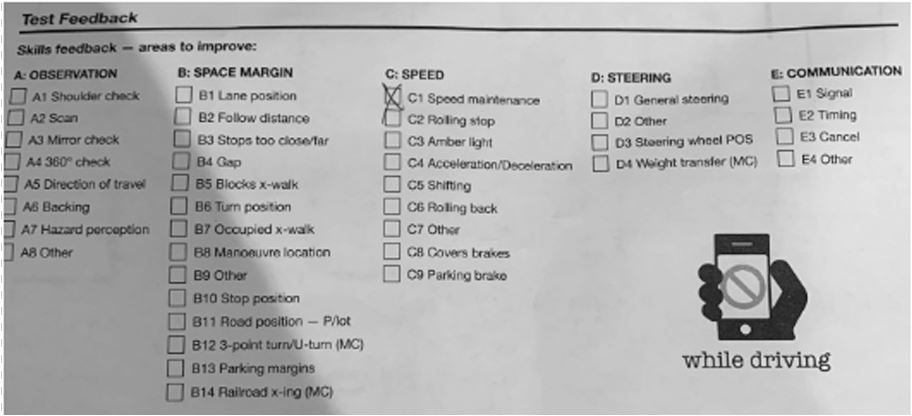One of the largest financial payouts insurance companies cover is read-end collisions.
I believe it’s one of the most brutal collisions to avoid. It took me a long time to get good at defending myself from it. I would say it was probably the last area of prevention that I developed.
OBSERVATIONS
When we slow, not only are you setting up your turn or a stop – eyes are best to monitor the rear approaching cars ensuring they are paying attention, slowing and responding to your speed change.
I would suggest that a vast majority of drivers DO NOT EVEN THINK about preventive or strategic measures to defend themselves from rear-enders. While you slow down or stop, why not monitor the rear traffics approach and be prepared to communicate more or move to avoid a rear-ender? Many drivers simply stop and do not observe rear-approaching traffic.
STEERING
Be prepared to move if needed.
COMMUNICATION
Brake lights and vehicle slowing communicate to the rear traffic the incident ahead of you, encouraging them to respond appropriately.
SPEED
Any slowdown reduction in speed creates a possible conflict to your rear; hence your slowdown must also assist rear vehicles. How you adjust speed changes appropriately depends on rear volume and flow.
SPACE MARGIN
Front and side space margins are best kept empty if the rear vehicles struggle or fail to adapt to your slow down or change in speed. A robust open front space can help a rear vehicle who is not paying attention to wake up by giving them more distance; hence more time to respond to your brake lights, hazard lights or pumping brake lights or loud horn!

I Have Evolved
Quality Driver Training





Comments are closed